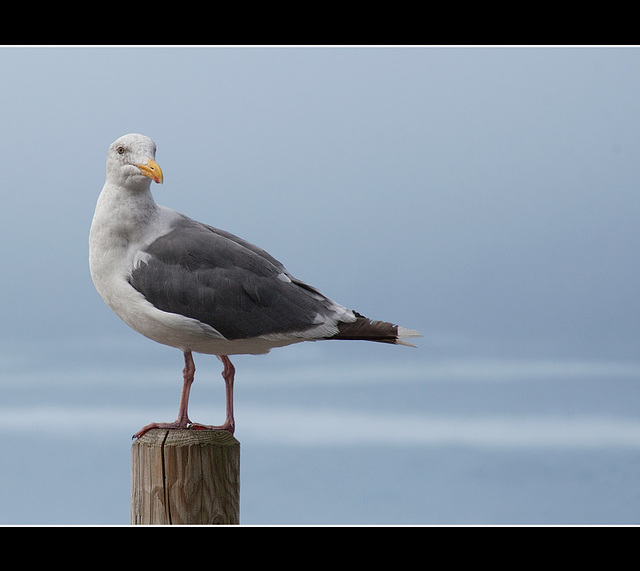St. John's Wort: The 140th Flower of Spring & Summ…
St. John's Wort: The 140th Flower of Spring & Summ…
St. John's Wort: The 140th Flower of Spring & Summ…
Jumping Spider: Look At Me!!
Beach Boulders at Samuel H. Boardman State Park, O…
Fairy Longhorn Moth and 2 More Moths Below!
Grand Collomia: The 141st Flower of Spring & Summe…
Brookings Beach with Flare (Explore #40)
From Bud to Burr
Pink Burr Flower: The 142nd Flower of Spring & Sum…
Molly at the Beach
Best Friends (1 more picture below!) (Explore #41)
Family Footprints (Explore #42)
Cabbage White Butterfly on a Jacksonville Plant (E…
French Marigold (Explore #44)
Beautiful Oregon Coastline (Explore #45)
Glowing Swamp Onions (Explore #46)
Delicate Beauty: Swamp Onion
Pair of Pansies
Jumping Spider in Defense Mode!
Jumping Spider in Defense Mode!
Driftwood Log and Boulders on the Beach (Explore #…
Darling Black & White Bee on Blossom (1 more pic b…
Himalayan Blackberry: The 139th Flower of Spring &…
Himalayan Blackberry: The 139th Flower of Spring &…
Himalayan Blackberry: Blossom to Blackberry!
Himalayan Blackberry: Green Berries
Himalayan Blackberry: Berry to Bakery!
Driftwood Log at Samuel H. Boardman State Park, Or…
Chaparral Honeysuckle: The 138th Flower of Spring…
138htflowerChaparralHoneysuckle2
138htflowerChaparralHoneysuckle3
Find the Diamond! Orb Weaver at Jedediah State Par…
Seagull Silhouette, SOOC!
Common Daisy: The 137th Flower of Spring & Summer!…
137htflowerdaisy2
137htflowerdaisybud
137thflowerdaisy
Cluster of Kids
Oregon Coast North of Brookings
Totally Adorable Jumping Spider
Male Pine Cone: The 136th Flower of Spring & Summe…
Male Pine Cone: The 136th Flower of Spring & Summe…
Birthday Almost Full Moon!!
Bathtime for Birdies!
Keywords
Authorizations, license
-
Visible by: Everyone -
All rights reserved
-
378 visits
Western Gull on Post at Brookings, Oregon


Oh, what a joy to see this bird again! This species of seagull is so familiar to me, and yet, I haven't seen one since I was in San Francisco last year, and before that, it was several years. Growing up in San Francisco, which is surrounded by ocean and bay on three sides, these seagulls are almost as common as pigeons. They love to hang out at schools because kids feed them and leave garbage everywhere for them, and, like pigeons, they are found wherever there are lots of people, ever alert for scraps of food.
The Western Gull is in a family of about 60 species which are found all over the world. This species lives along the west coast of North America, thriving from British Columbia down to Baja, California and Northern Mexico. Australian friends will notice its similarity to the Pacific Gull, with the exception of the beak, which is very different in thickness. Most gulls are migratory and move to warmer climates during the winter. They feed on all types of sea food, both living and dead, and are also happy to eat any type of food left by humans. Unlike most animals, gulls can drink and process saltwater!! Gulls are monogomous, and pairs live in large colonies of birds, building nests on the ground or on cliffs. Clutches usually contain three eggs, and breeding seasons last 3 to 5 months.
If you would like to know more about the Western Gull, Wiki has a very nice page here:
Wiki: Western Gull For more information about Gulls in general, Wiki has a great page here:
Wiki: Gull
By the way, I've uploaded FOUR other pictures today and I hope you'll visit them too!
Thanks to all of you who have visited and have left comments and favorites! I try to go to all of your pages within a day or two and is a highlight for me to see your beautiful photography! :)
The Western Gull is in a family of about 60 species which are found all over the world. This species lives along the west coast of North America, thriving from British Columbia down to Baja, California and Northern Mexico. Australian friends will notice its similarity to the Pacific Gull, with the exception of the beak, which is very different in thickness. Most gulls are migratory and move to warmer climates during the winter. They feed on all types of sea food, both living and dead, and are also happy to eat any type of food left by humans. Unlike most animals, gulls can drink and process saltwater!! Gulls are monogomous, and pairs live in large colonies of birds, building nests on the ground or on cliffs. Clutches usually contain three eggs, and breeding seasons last 3 to 5 months.
If you would like to know more about the Western Gull, Wiki has a very nice page here:
Wiki: Western Gull For more information about Gulls in general, Wiki has a great page here:
Wiki: Gull
By the way, I've uploaded FOUR other pictures today and I hope you'll visit them too!
Thanks to all of you who have visited and have left comments and favorites! I try to go to all of your pages within a day or two and is a highlight for me to see your beautiful photography! :)
Rrrolf has particularly liked this photo
- Keyboard shortcuts:
Jump to top
RSS feed- Latest comments - Subscribe to the comment feeds of this photo
- ipernity © 2007-2025
- Help & Contact
|
Club news
|
About ipernity
|
History |
ipernity Club & Prices |
Guide of good conduct
Donate | Group guidelines | Privacy policy | Terms of use | Statutes | In memoria -
Facebook
Twitter

Sign-in to write a comment.